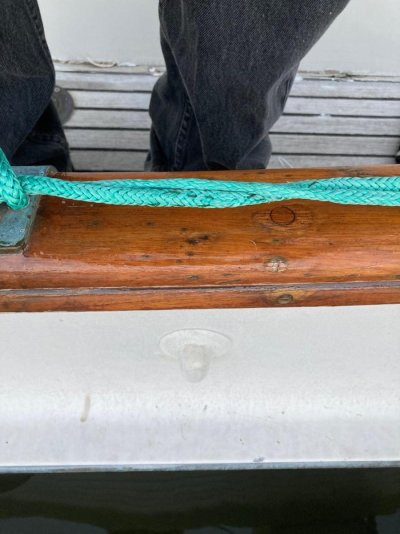SailorGoneBad
Veteran Member
I have a small, weeping leak before the shut-off on my port tank. I soak it up with a pad but it drives me nuts and it is time to fix it.
Step 1) Use up over half of my tank of fuel. (this is the best part but it talks a while.)
Step 2) Transfer the fuel from the leaking port side to the starboard side.
Step 3) Take everything apart, clean it, dope everything up and put it back together.
My question comes up at step 2. After a short while my transfer pump significantly de-pressurized the port tank. After I pried the the fill cap off there was an audible sucking sound of air rushing back in. And on the starboard side there was a noticeable but less pronounced burp.
I was not expecting this. I assumed the fuel tank vent would keep things equalized. Can the vent get blocked? Am I the last kid on the block to realize you need to clean these things? Or am I missing something obvious.
I have never noticed any problem while operating the boat but this old FL120 does not draw much fuel.
Step 1) Use up over half of my tank of fuel. (this is the best part but it talks a while.)
Step 2) Transfer the fuel from the leaking port side to the starboard side.
Step 3) Take everything apart, clean it, dope everything up and put it back together.
My question comes up at step 2. After a short while my transfer pump significantly de-pressurized the port tank. After I pried the the fill cap off there was an audible sucking sound of air rushing back in. And on the starboard side there was a noticeable but less pronounced burp.
I was not expecting this. I assumed the fuel tank vent would keep things equalized. Can the vent get blocked? Am I the last kid on the block to realize you need to clean these things? Or am I missing something obvious.
I have never noticed any problem while operating the boat but this old FL120 does not draw much fuel.







